- make sure that Annotation Processing is enabled for your project (as described by @spierce7)
- also make sure that
apply plugin: 'idea' is in your build.gradle
sample build.gradle snippet:
plugins {
id "net.ltgt.apt" version "0.5"
}
apply plugin: 'java'
apply plugin: 'idea'
...
dependencies {
compile 'com.google.dagger:dagger:2.10'
apt 'com.google.dagger:dagger-compiler:2.10'
}
from: https://github.com/tbroyer/gradle-apt-plugin (github for net.ltgt.apt plugin)
IntelliJ IDEA
When the idea plugin is applied, the idea task will auto-configure the
generated files to enable annotation processing in intelliJ IDEA.
When using the Gradle integration in IntelliJ IDEA however, rather
than the idea task, you'll have to manually enable annotation
processing: in Settings… → Build, Execution, Deployment → Compiler →
Annotation Processors, check Enable annotation processing and Obtain
processors from project classpath. To mimic the Gradle behavior and
generated files behavior, you can configure the production and test
sources directories to build/generated/source/apt/main and
build/generated/source/apt/test respectively and choose to Store
generated sources relative to: Module content root.
Note that starting with IntelliJ IDEA 2016.1, you'll have to uncheck
Create separate module per source set when importing the project.
In any case, the idea plugin has to be applied to the project.
An alternative, starting with IntelliJ IDEA 2016.3, is to delegate the
IDE build actions to Gradle itself:
https://www.jetbrains.com/idea/whatsnew/#v2016-3-gradle

